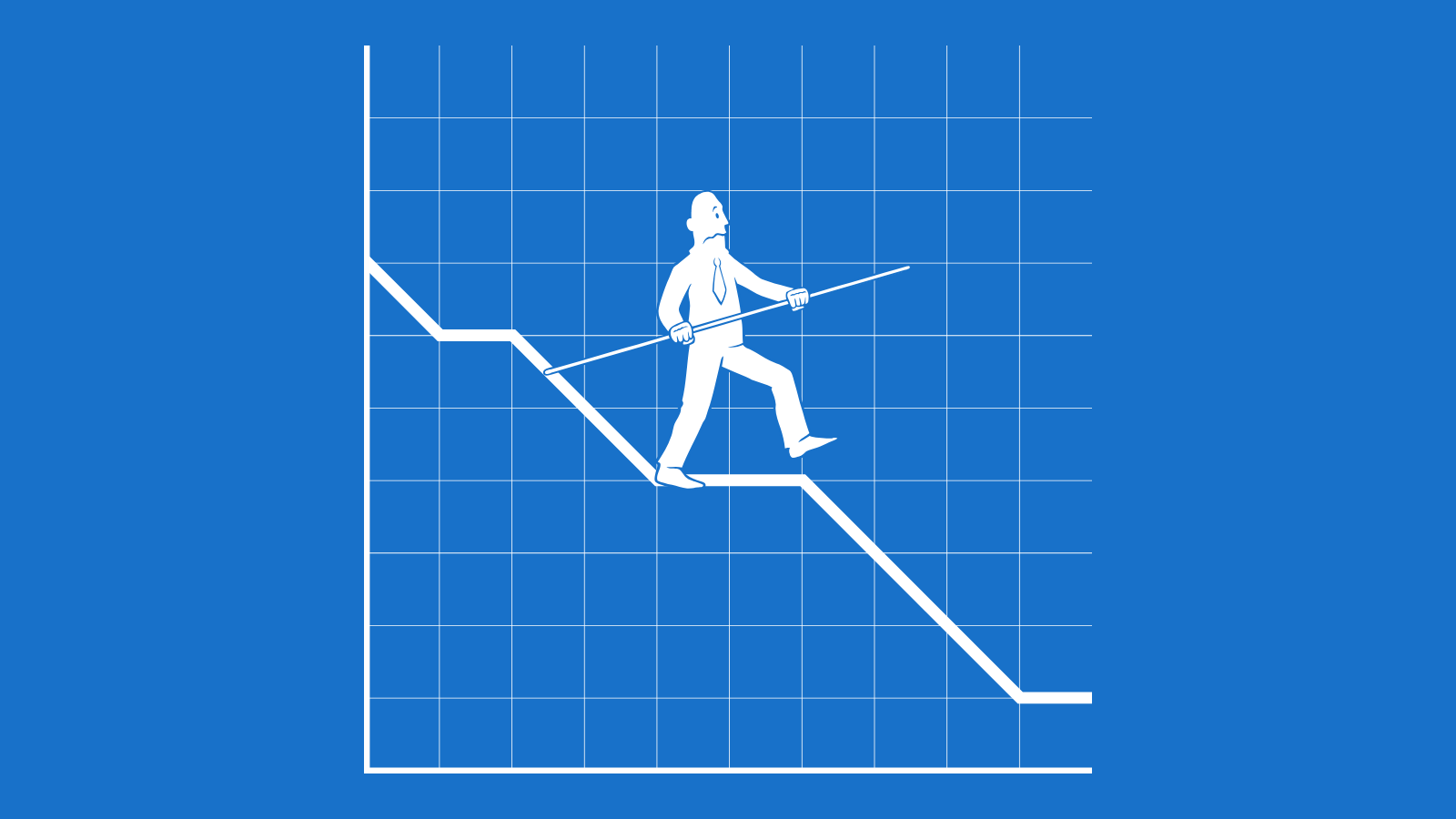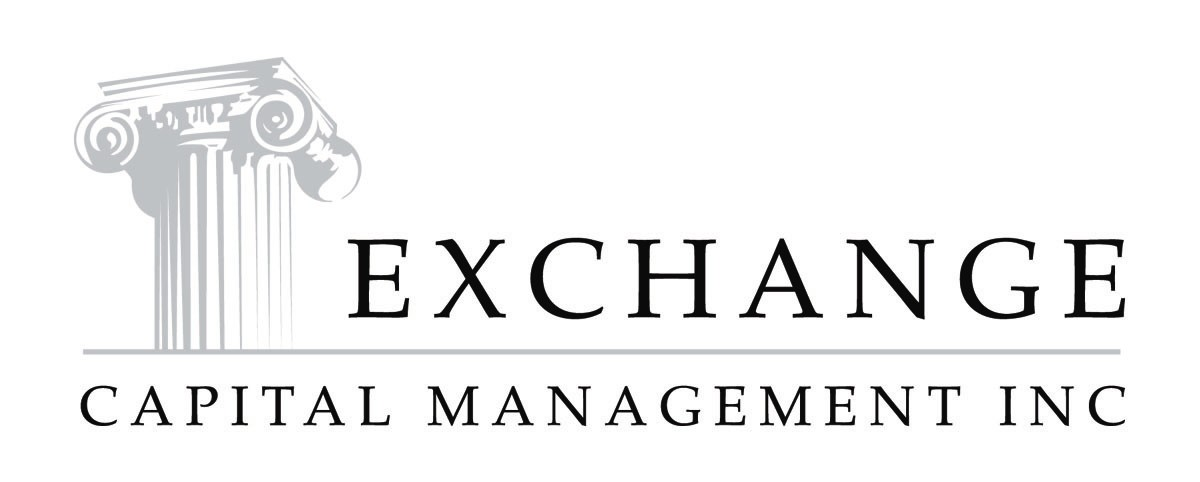Stock Market Decline: What's Your Strategy?

but the short-term experience is always surprising.”
How was your Thanksgiving holiday? You might answer by recalling the joy of family, the bounty of delicious food, the giggles resonating from the ‘kids table’, and maybe even the post-meal walk around the block. How wonderful! But it’s much more likely you’ll reply with details about the overcooked turkey, Uncle Murray’s (very) public argument with Aunt Millie, the short-term power outage, and the food poisoning experienced by your less-than-favorite daughter-in-law. Unfortunately, as holiday-goers, and investors, this is often exactly how we think; more likely to remember the anxiety of setbacks than the joy of progress.
Stock Market PTSD
After an extended period of relative calm, the stock market has gotten, shall we say, lively again? To be specific, for the period between January 26 and April 2, the S&P 500 stock index fell more than 10% and, after recovering to a new all-time high, has stumbled again, giving back 13% over the 13 weeks ending December 17.
For many investors, the increase in volatility in 2018 has stoked a post-financial-crisis anxiety previously held dormant. In fact, I would submit that sudden market turns like this have not only stirred up memories of 2008’s Great Recession, but also the Tech bubble of 2000 and, for those of us who’ve been around for a while, the Black Monday crash of 1987.
>> Related Article: How to Predict the Market Like the Experts <<
Ignore the Peaks
While it may be difficult to remain calm during a substantial market decline, it is important to remember that market pull-backs are a normal part of investing and that reacting emotionally will almost certainly prove more detrimental than the draw-down itself.
The table below shows the intra-year maximum decline of the S&P 500 Index for each of the last 38 years. The yellow dots show the largest peak-to-trough drop during the year while the green and red bars show the year’s eventual total return.
Notice that in several years the intra-year decline was steep, but annual returns were still positive. For example, 2003 saw an intra-year drop of 14%, 2009 an intra-year decline of 28%, 2012 a peak-to-trough slide of 10%, and 2016 shed 11% along the way — yet in each of those four years the S&P 500 index finished in positive territory.
Despite average intra-year drops of 13%, the annual return of the S&P 500 index has been positive in 32 of 38 years. The index appears positive nearly 84% of the time, but investors are still making decisions based on their temporary hopes and fears of the market. If intra-year declines of more than 10% are quite normal, why is there so much anxiety surrounding any hint of a decline?
Be Smarter than your Emotions
Investing is never a one-way street. Therefore, if we’re truly ‘investors’ we must learn how to ride out market slumps. Performance always has, and always will, vary wildly from one day to the next and one year to the next, so it should be no surprise when a market decline occurs. But these declines, and subsequent rebounds, are valuable experiences because they teach us what we can, and must, do to be successful.
Financial markets are efficient, human nature is not. Here’s how to make stock market fluctuations work for you, instead of against you:
- Develop and adhere to a well-thought-out financial plan.
- Codify this plan in the form of an Investment Policy or “Mission Statement”.
- Diversify your portfolio to reduce overall risk.
- Never panic sell during a market downturn.
- Commit to rebalancing and adding to stocks during market pull-backs.
- Expect volatility. Better said, get comfortable with the uncomfortable.
- Embrace a long-term perspective – and by long-term, I mean the rest of your lifetime.
Some people can do it all themselves, but if there's a part of you that isn't so sure that's what you want, a wealth management firm can reduce complexity, instill discipline, implement delegation, and act as a barrier between you and the buy/sell button.
Kevin McVeigh, CFA is a Managing Director and Partner at Exchange Capital Management, a fee-only, fiduciary financial planning firm. The opinions expressed in this article are his own.
Comments
Market Knowledge
Read the Blog
Gather insight from some of the industry's top thought leaders on Exchange Capital's team.
Exchange Capital Management, Inc.
110 Miller Ave. First Floor
Ann Arbor, MI 48104
(734) 761-6500
info@exchangecapital.com




.png?width=1000&name=S-P%20500%20Index%20Chart%201980-2018%20(002).png)
